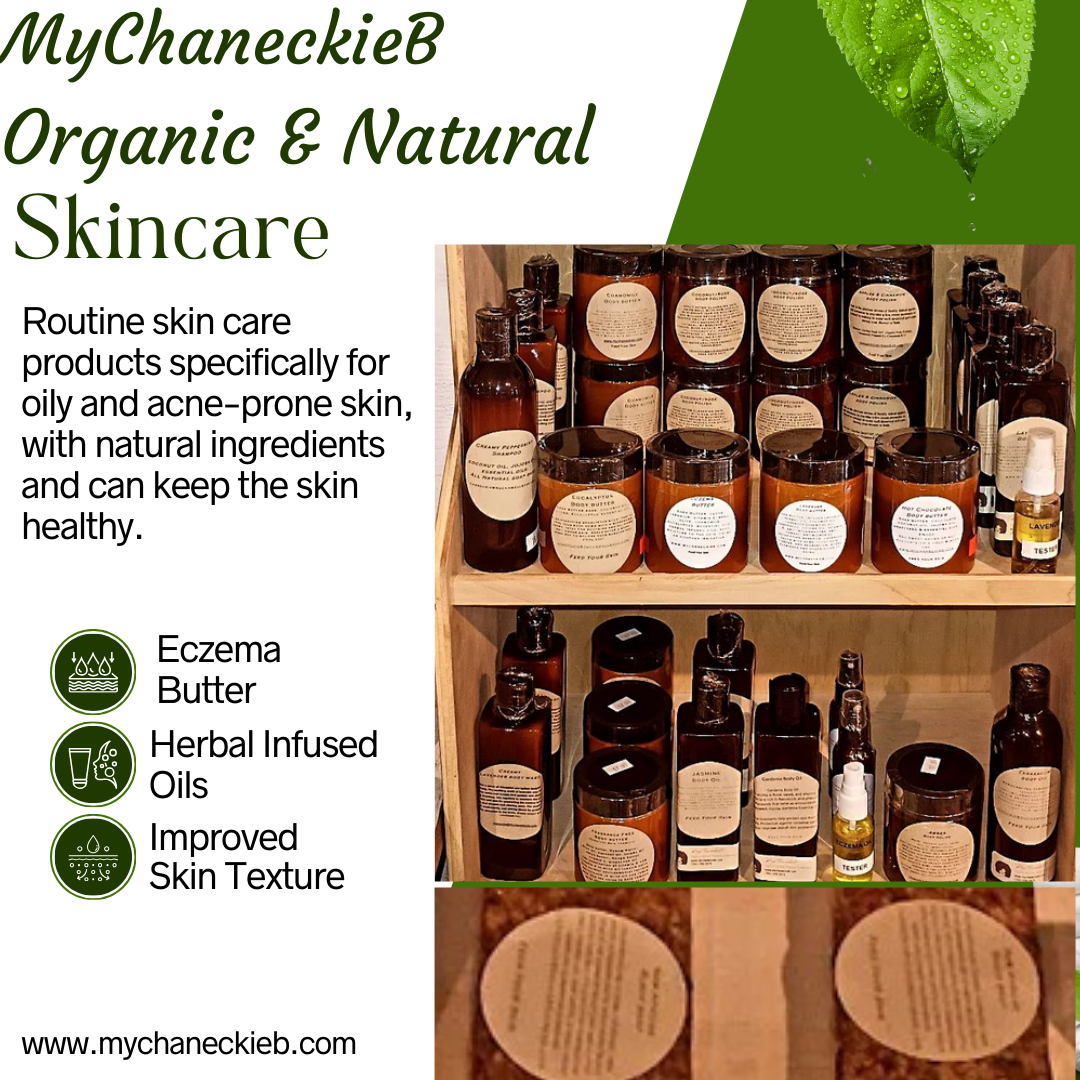
Here are some simple, gentle, and effective home workouts tailored for women 40 and older. These exercises focus on low-impact movements to build strength, improve flexibility, and protect joints—no fancy equipment needed, just items you likely already have at home. Perfect for staying active without strain!
1. Chair Squats
- How: Stand in front of a sturdy chair, feet hip-width apart. Lower your hips toward the seat (touch it lightly or hover), then stand back up.
- Reps: 10–12, 2 sets.
- Why: Strengthens legs and glutes gently; the chair adds support and safety.
- Tip: Hold the chair’s arms if balance is a concern.
2. Wall Push-Ups
- How: Stand arm’s length from a wall, hands at shoulder height. Bend elbows to bring your chest toward the wall, then push back.
- Reps: 8–10, 2 sets.
- Why: Tones arms and chest with less pressure than floor push-ups.
- Tip: Step closer to the wall to make it easier, farther to challenge yourself.
3. Seated Leg Lifts
- How: Sit on a chair, back straight. Lift one leg straight out, hold for 2–3 seconds, then lower without letting it rest. Switch legs.
- Reps: 10 per leg, 2 sets.
- Why: Builds core and thigh strength while seated—super gentle on joints.
- Tip: Add a light ankle weight (or a water bottle) for a bit more resistance.
4. Standing Side Leg Raises
- How: Hold onto a chair or counter for balance. Lift one leg out to the side, keep it straight, then lower slowly. Switch sides.
- Reps: 10 per side, 2 sets.
- Why: Improves hip stability and balance, key for staying mobile over 40.
- Tip: Go slow to feel the burn without jerking.












